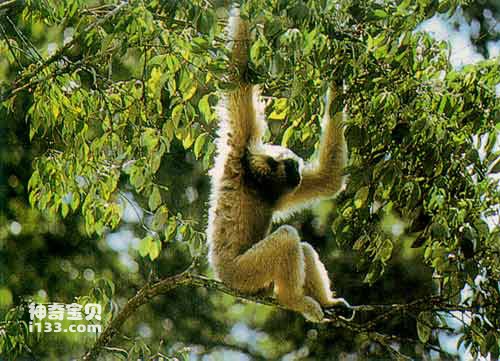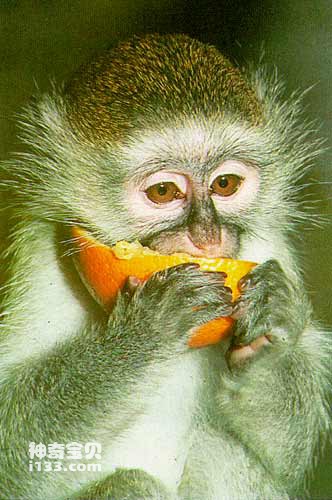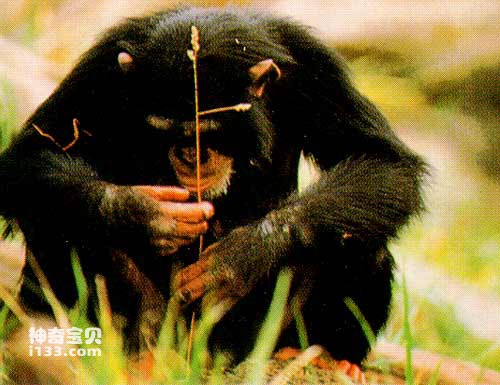The status of human beings in the biological classification system is: Kingdom Animalia, Phylum Chordata, Subphylum Vertebrates, Class Mammalia, Order Primates, Suborder Anthropoid, Suborder Stenorrhinus, Superfamily Hominidae, Hominidae, Genus Homo, Homo sapiens kind.

primates that live in trees
It can be said that the biological characteristics on which we humans are able to ultimately develop to what we are today first appeared in primates. So, what is the difference between primates and other mammals? In other words, why are primates “primates”? Observation and research on living primates provide us with certain answers to this question.

Flexible hand movements in primates
First, unlike most mammals, the vast majority of primates live in trees. Living in trees is unusual for primates. They have no ground to support their feet, so they must use their limbs to hold on to tree trunks. In line with this, the ends of their limbs gradually transformed from the claws of early mammals into hands that can move each finger independently; finally, the thumb can also be held against the remaining fingers. It is conceivable that such evolution must be able to improve the gripping ability required by primates to move among branches; more importantly, the gripping tips of the thumb and index finger can form a ring, thus greatly improving the palm grip. Object accuracy. The emergence of this evolutionary feature was not only very beneficial for early primates to search for food such as insects, but also laid the foundation for later primates to be able to dexterously manipulate various objects with their hands, and finally to be able to make and use tools.
In conjunction with the dexterous movements of the hands, primates have developed three-dimensional vision. With both eyes looking forward at almost the same target, the brain can accept a pair of visual images. After processing by the brain, the image creates a sense of depth, image and distance. This is very important for primates to move through the forest. Dexterous hands coupled with stereoscopic vision enable primates to observe objects in three-dimensional space and move and fiddle with objects at will. These are all prerequisites for primates to fully grasp the characteristics of their surrounding environment, and they are also the driving force for stimulating curiosity.

Primate eyes and hands work together to fiddle with things
Primates have also developed the ability to recognize colors, which is likely related to their origins from early nocturnal mammals with large eyes. The large eyes of early nocturnal mammals were designed to enhance sensitivity to light at night, but as primates originated and they became more active during the day, the retinas in the large eyes changed to be able to accept different colors. Being able to distinguish colors helps primates distinguish certain foods, especially fruits found on the dense branches of tropical rainforests.
In this way, primates have a unique set of sensory organs that can input various information from touch, taste, hearing, especially color vision and stereoscopic vision into the brain. The brain receives more and more information from the outside world and is able to classify and rank various information, which ultimately leads to the development of intelligence. This kind of intelligence is not available in any other animal, which is why we call these animals "primates".
animal tags:
We created this article in conjunction with AI technology, then made sure it was fact-checked and edited by a Animals Top editor.